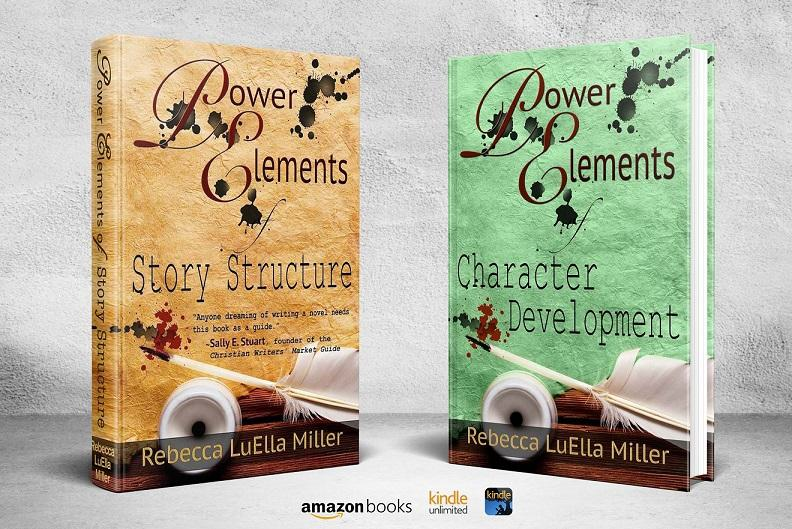Cyndere’s Midnight—Some Observations
Over at A Christian Worldview of Fiction, I’ve written a more thorough review of this month’s CSFF Blog Tour feature, Cyndere’s Midnight by Jeffrey Overstreet, but there are a couple observations I wanted to make and they didn’t really fit into my normal review pattern, so I get to include them over here at Spec Faith instead.
First, I’ve read in a couple places Cyndere’s Midnight is reminiscent of Beauty and the Beast. I discovered by looking through Jeffrey Overstreet’s fiction blog archives that the story actually borrows from a couple science fiction sources: H.G. Wells’ The Island of Dr. Moreau, and the invention of Replicants in Blade Runner (screenplay by Hampton Fancher and David Peoples). I found that interesting—fantasy growing out of science fiction.
Another point has to do with characters. Several people on the blog tour (see list below) have identified the Ale Boy as their favorite character. He is delightful, I have to agree, but beastman, Jordam is my favorite by far. And the place in the story where he won me over was when he first learned to make comparisons. He began to see the world and himself differently because he began to think storm clouds were like a pile of plums or like coals gone cold. Later he thought of himself broken like a barrel at the bottom of some stairs, and of Cyndere like a cornered animal.
The new way of thinking had a profound affect on his understanding of the world, and Overstreet used that most effectively. One example is when Cyndere explained to Jordam that he had to choose between his old life with his beastmen brothers and his longing to live with Auralia’s colors. Your heart has only one hand, she said. You can only hold one thing or the other. Those lines provided the perfect motivation for what Jordam proceeded to do.
By the way, Robert Treskillard has a wonderful interview with Jeffrey Overstreet as part of the tour. In that discussion Jeffrey explains how he arrives at themes:
It’s like the opposite of preaching. Preachers usually begin with a lesson and finds ways to illustrate it. I start with an illustration and start exploring it. If it’s a good picture, it will eventually reveal all kinds of themes, all kinds of insights.
I liked that explanation primarily because it was the first time I understood how authors without a purposeful theme work. Mind you, I still believe more can be accomplished with a purposeful theme, and I definitely don’t think it comes from preaching. Teachers are also purposeful. Most writers are too, I would suggest. But among Christians, purposeful equals propaganda for some reason.
I had more thoughts, but rather than me blathering on, why not pick a couple other bloggers and see what they are writing about in regards to Cyndere’s Midnight.
Brandon Barr/ Keanan Brand/ Rachel Briard/ Melissa Carswell/ Valerie Comer/ Amy Cruson/ CSFF Blog Tour/ Stacey Dale/ D. G. D. Davidson/ Shane Deal/ Jeff Draper/ April Erwin/ Karina Fabian/ Marcus Goodyear/ Todd Michael Greene/ Katie Hart/ Timothy Hicks/ Jason Isbell/ Jason Joyner/ Kait/ Carol Keen/ Magma/ Rebecca LuElla Miller/ Eve Nielsen/ Nissa/ Wade Ogletree/ John W. Otte/ John Ottinger/ Steve Rice/ Crista Richey/ Alice M. Roelke/ Chawna Schroeder/ James Somers/ Rachel Starr Thomson/ Robert Treskillard/ Steve Trower/ Fred Warren/ Jill Williamson/





































